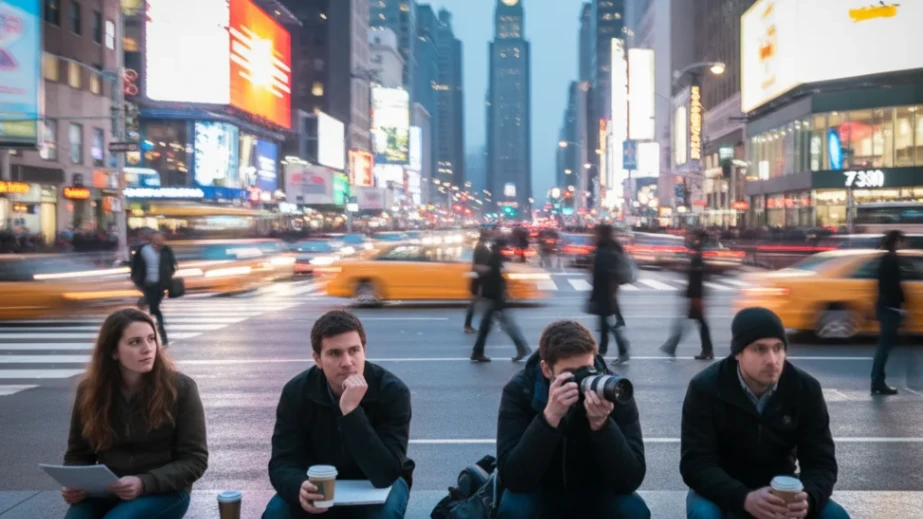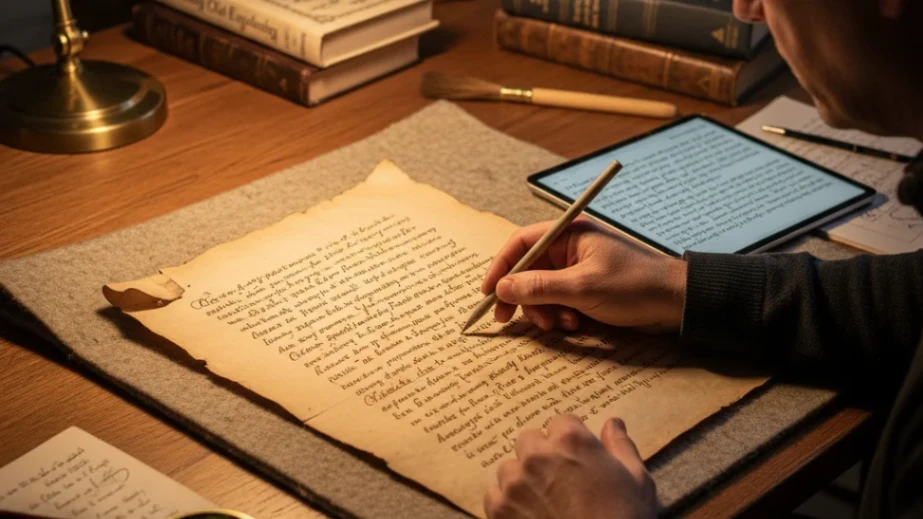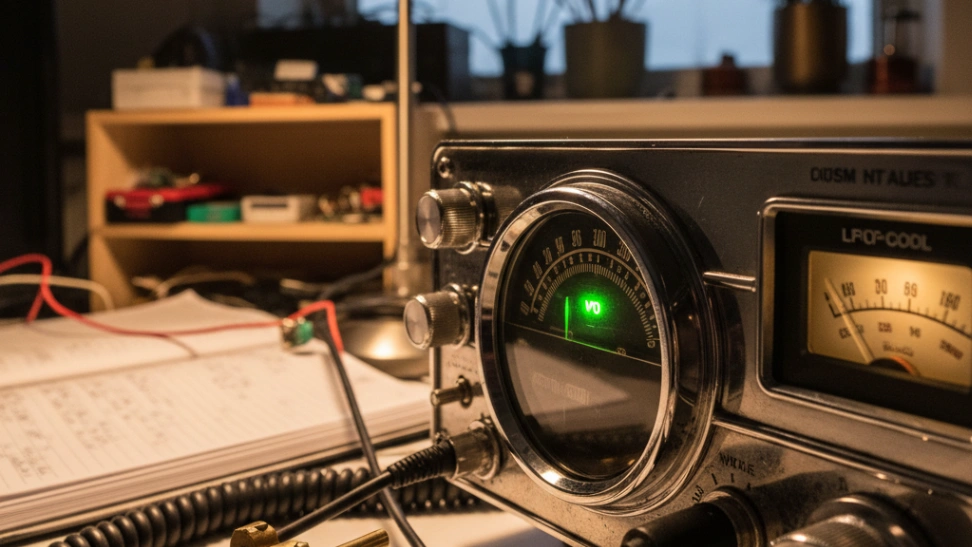The practice of people watching is as old as civilization itself. For centuries, philosophers, writers, and artists have drawn inspiration and insight from observing their fellow humans. Think of the flâneur of 19th-century Paris, a figure celebrated by Charles Baudelaire and Walter Benjamin, who would stroll aimlessly through city streets, taking in the sights and sounds, and, crucially, observing the bustling crowd. This archetype embodied the spirit of detached yet engaged observation, seeking to understand the modern urban experience through its inhabitants. Before the flâneur, town squares and marketplaces were natural hubs for observation, serving not only as centers of commerce but also as vibrant social stages where daily life played out. From ancient Greek philosophers reflecting on human nature in the agora to Renaissance painters capturing street scenes, the human fascination with observing others has always been a powerful motivator for understanding our world and ourselves.
What makes people watching so endlessly compelling is its capacity to reveal the extraordinary within the ordinary. It invites you to become a detective of daily life, piecing together narratives from fragments of gesture, expression, attire, and interaction. You might observe a couple sharing an intimate moment, a street performer captivating an audience, or a parent patiently guiding a child. Each observation offers a glimpse into individual lives, sparking curiosity about their stories, their joys, and their challenges. This practice naturally cultivates a heightened sense of awareness, training your brain to notice details that might otherwise pass unnoticed, from the subtle shift in someone's posture to the specific brand of coffee they're drinking. It's a mental exercise that sharpens your perception and critical thinking, encouraging you to analyze, hypothesize, and even empathize with the subjects of your silent study.
Beyond mere observation, people watching is a profound tool for developing empathy and understanding. By mentally stepping into someone else’s shoes and imagining their potential circumstances, you expand your own perspective and challenge preconceived notions. This isn't about judgment; it's about connection and a recognition of shared humanity. The stories you construct, however fictional, serve as mental exercises that enhance your emotional intelligence and your ability to relate to a wide range of human experiences. For artists and writers, people watching is a rich wellspring of inspiration, providing characters, settings, and plotlines for stories, poems, and visual art. A unique facial expression, an unusual gait, or a poignant interaction can be the spark that ignites a creative project. This continuous stream of real-world data feeds the creative mind, grounding imaginative works in the authentic nuances of human existence.
Engaging in people watching requires minimal effort but offers maximum reward. All you need is a comfortable spot in a public area – a park bench, a cafe window, a busy street corner, or even a quiet spot at a train station. The key is to find a place where you can observe discreetly without drawing attention to yourself or making others feel uncomfortable. A notebook and pen can be invaluable companions, allowing you to jot down fleeting observations, interesting details, or nascent story ideas before they fade from memory. Some people enjoy bringing a coffee or a book, creating an inconspicuous cover for their observations. The beauty of this hobby lies in its flexibility; it can be enjoyed for a few minutes during a lunch break, for an hour on a lazy afternoon, or as an ongoing practice woven into the fabric of daily life. It encourages presence, mindfulness, and a deep appreciation for the unfolding drama of the human world, offering a constant source of wonder and reflection in an increasingly fast-paced and distraction-filled existence.
This hobby is not without its nuances, however. Ethical considerations are paramount. Respecting the privacy of others is crucial; avoid intrusive staring, photography without consent, or any behavior that could make people feel like they are being scrutinized. The goal is observation, not voyeurism. Furthermore, while the hobby can be highly rewarding, it also requires patience. Not every people-watching session will yield a profound insight or a compelling narrative. Sometimes, it's simply about observing the mundane flow of life, finding a quiet moment of contemplation. For those who thrive on structured activities or require immediate, tangible results, the less defined nature of people watching might be a challenge. Yet, for the curious, the reflective, and those who find joy in the subtle theatre of the everyday, people watching stands as an enriching and infinitely accessible pursuit, a quiet celebration of human diversity and the endless stories that walk among us.



